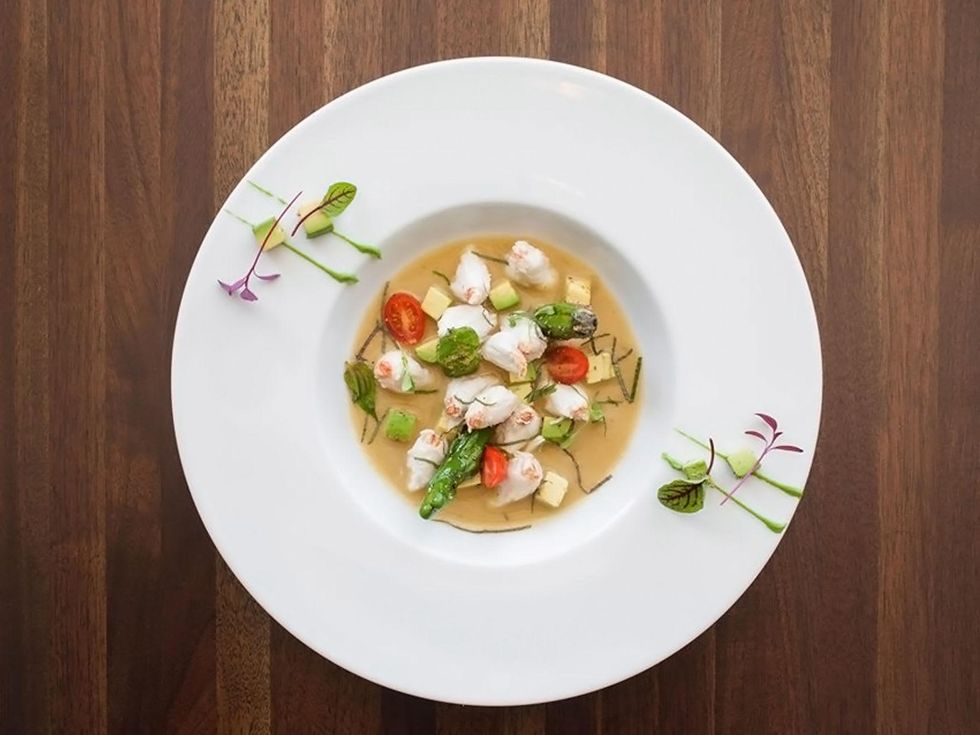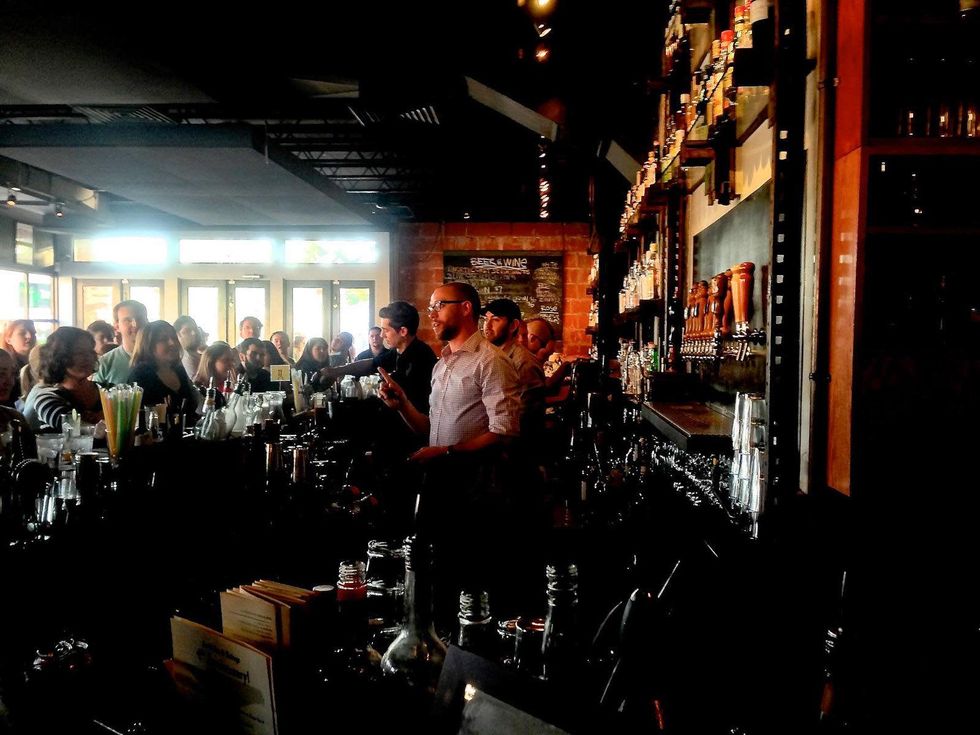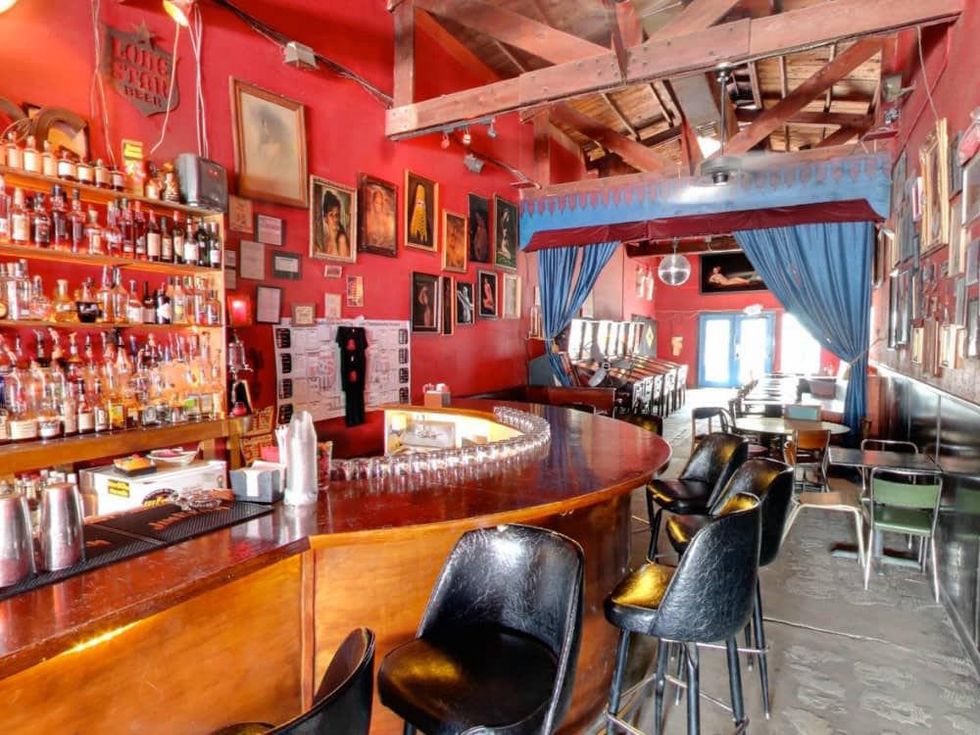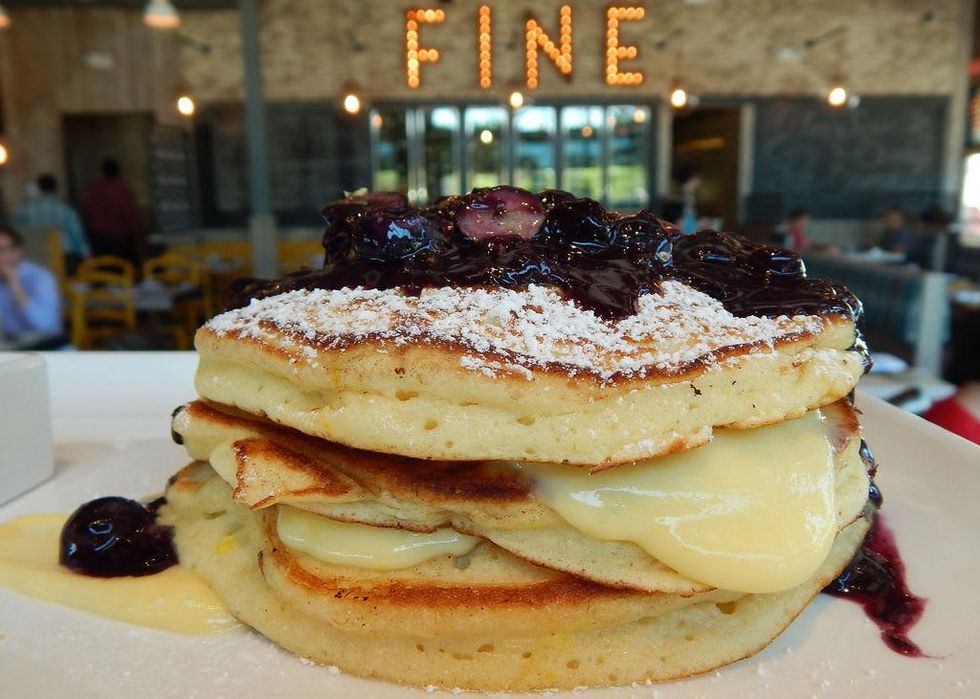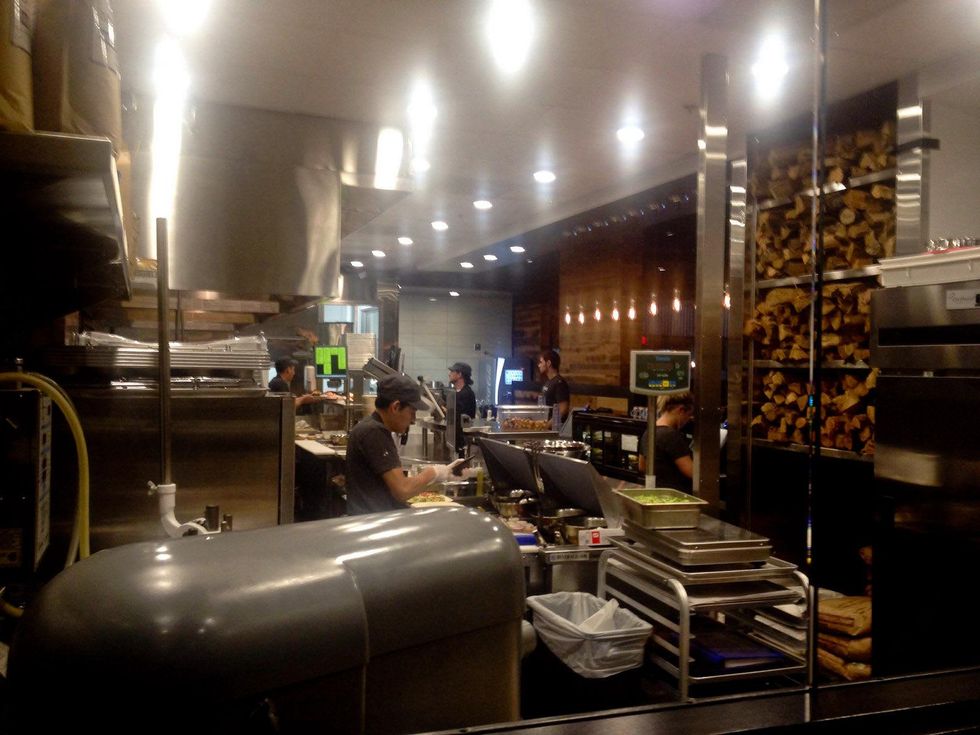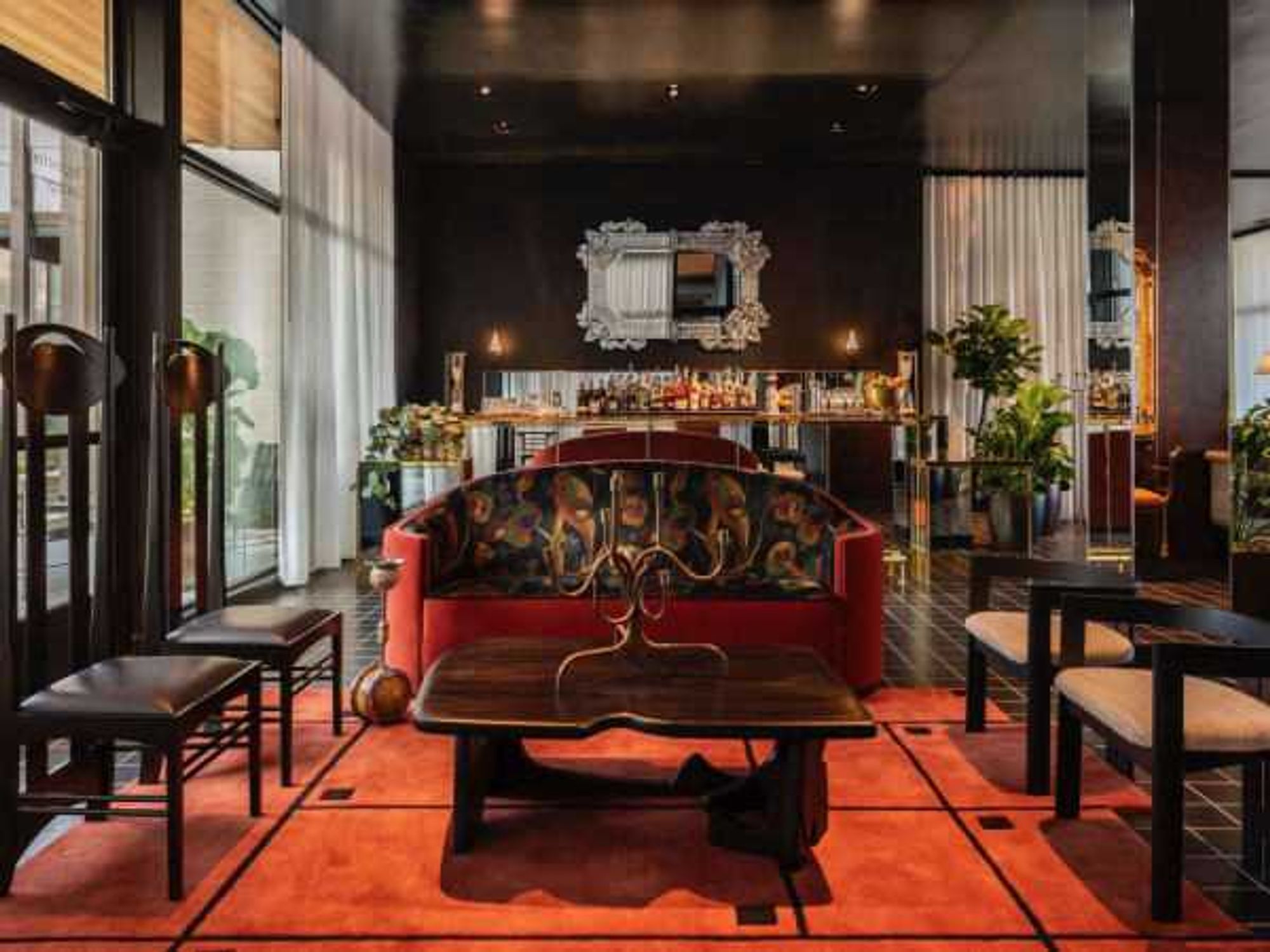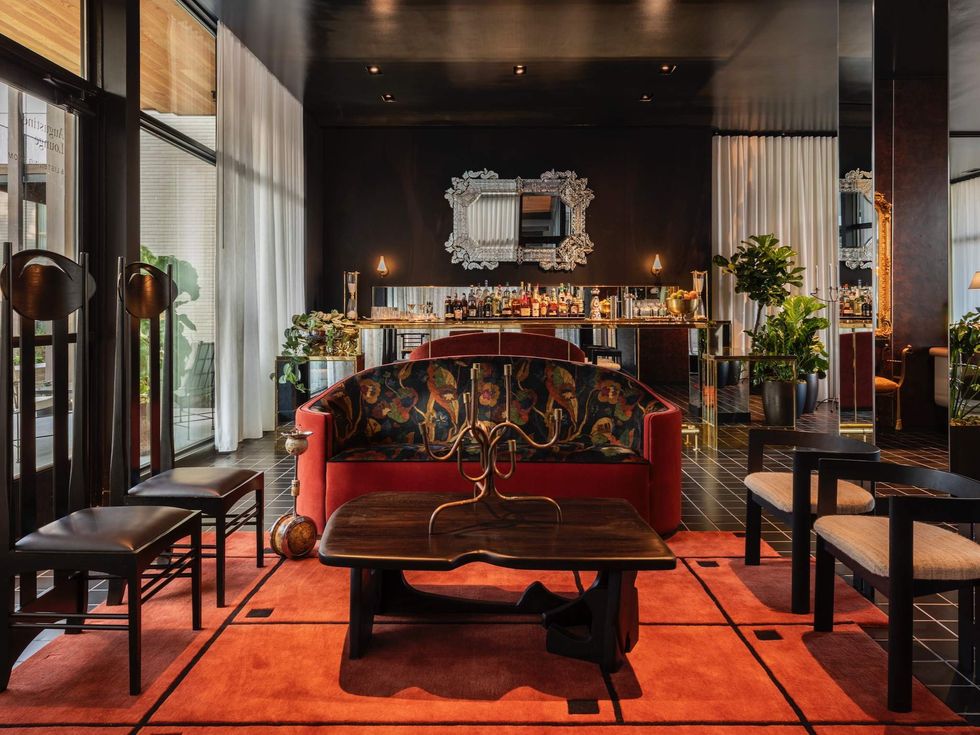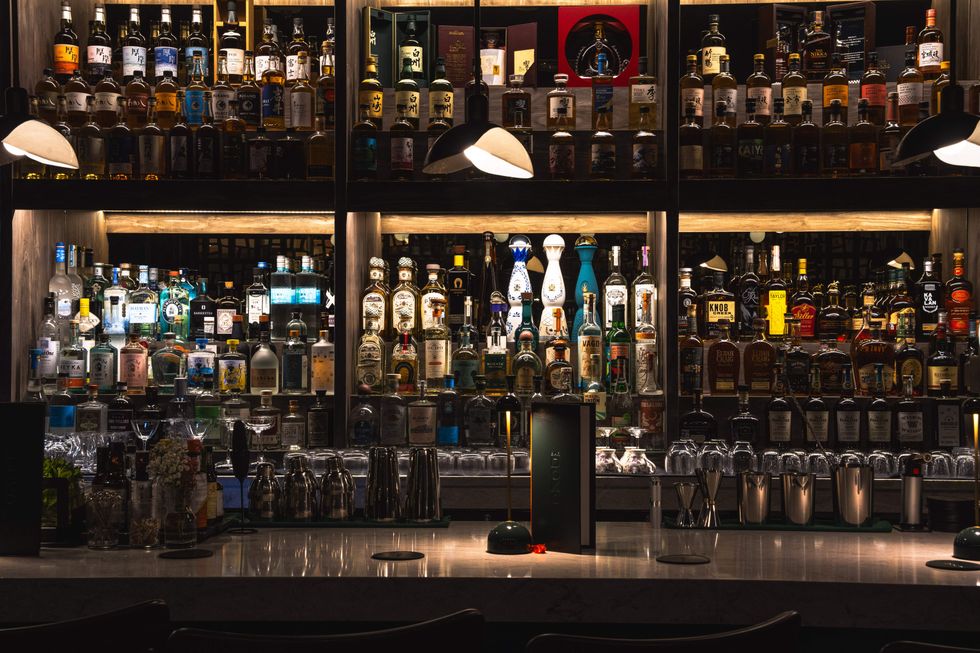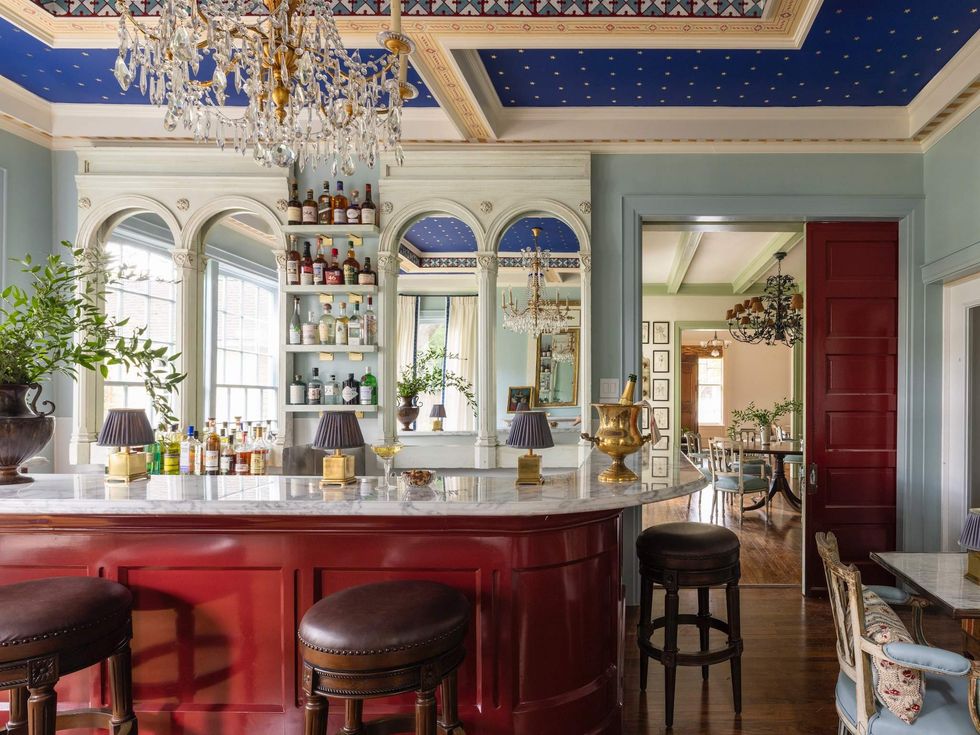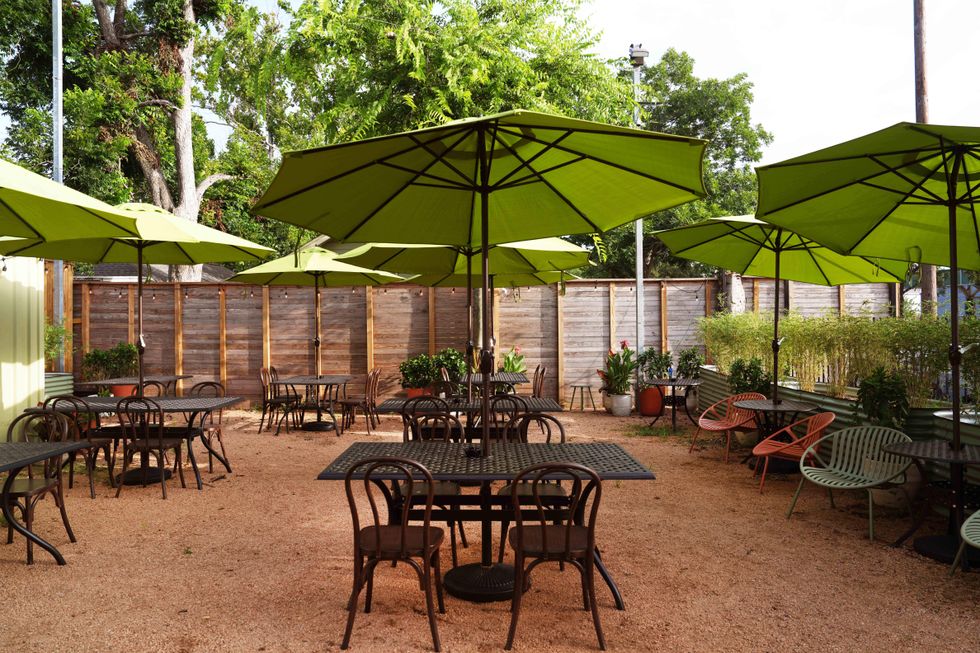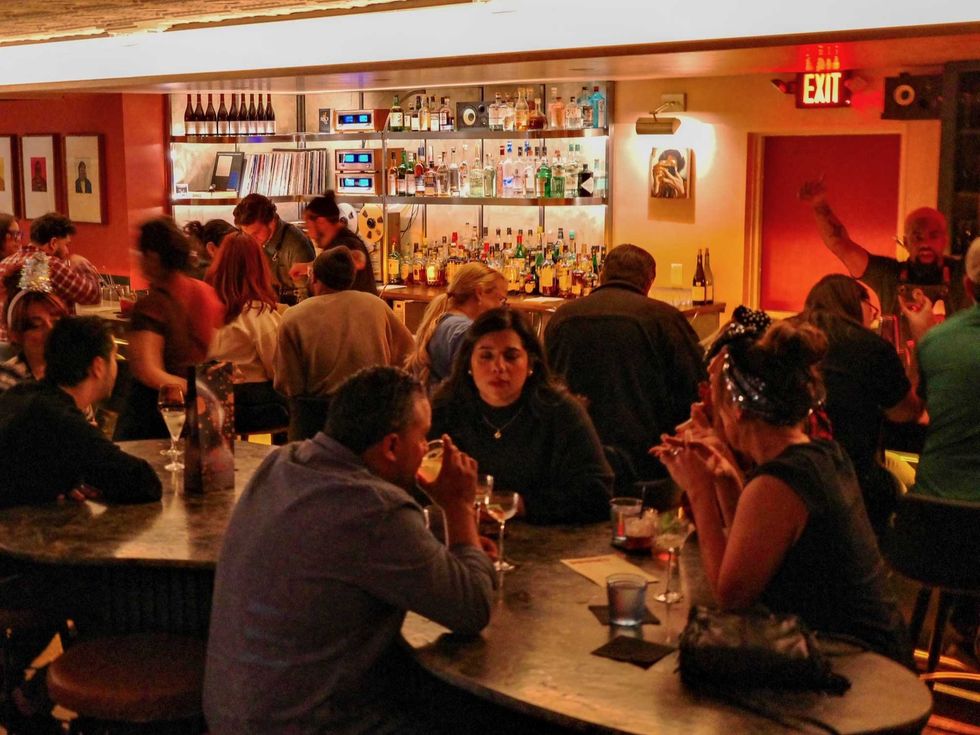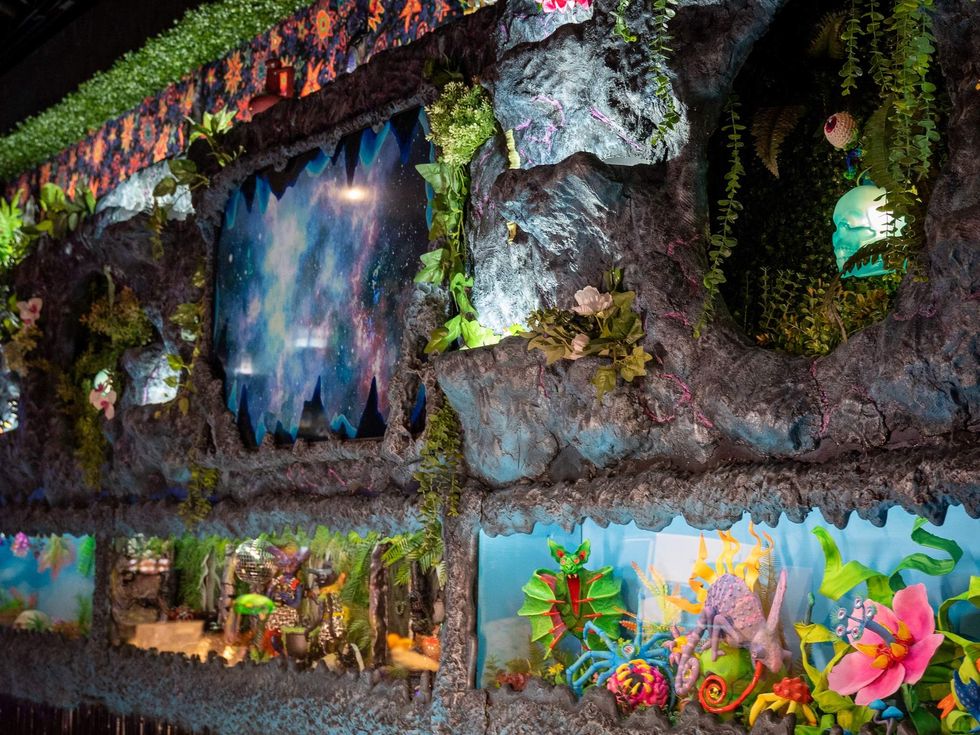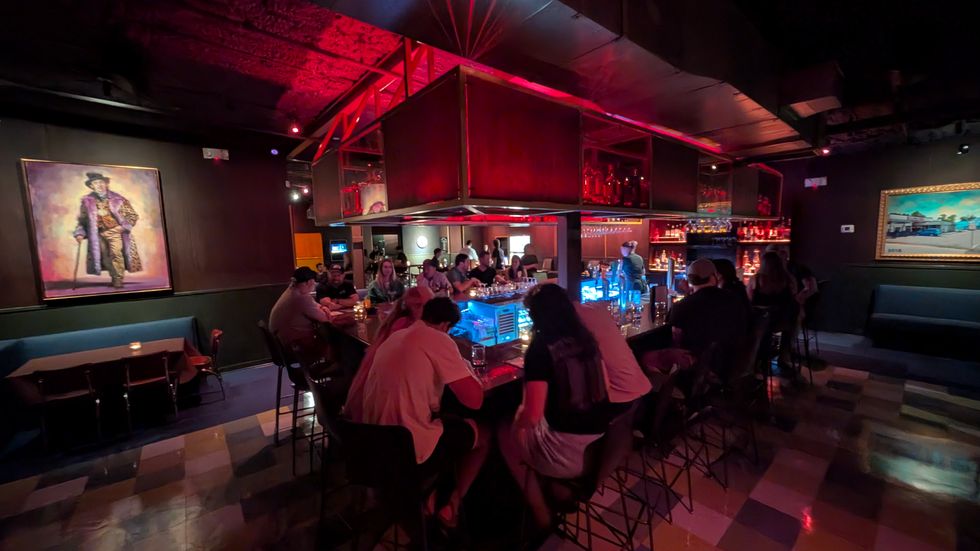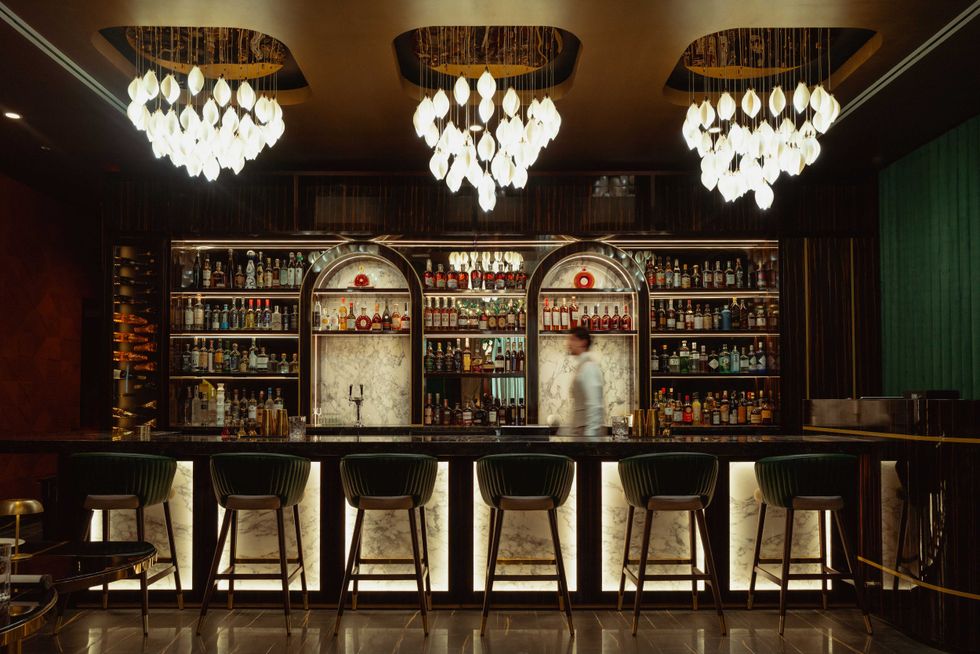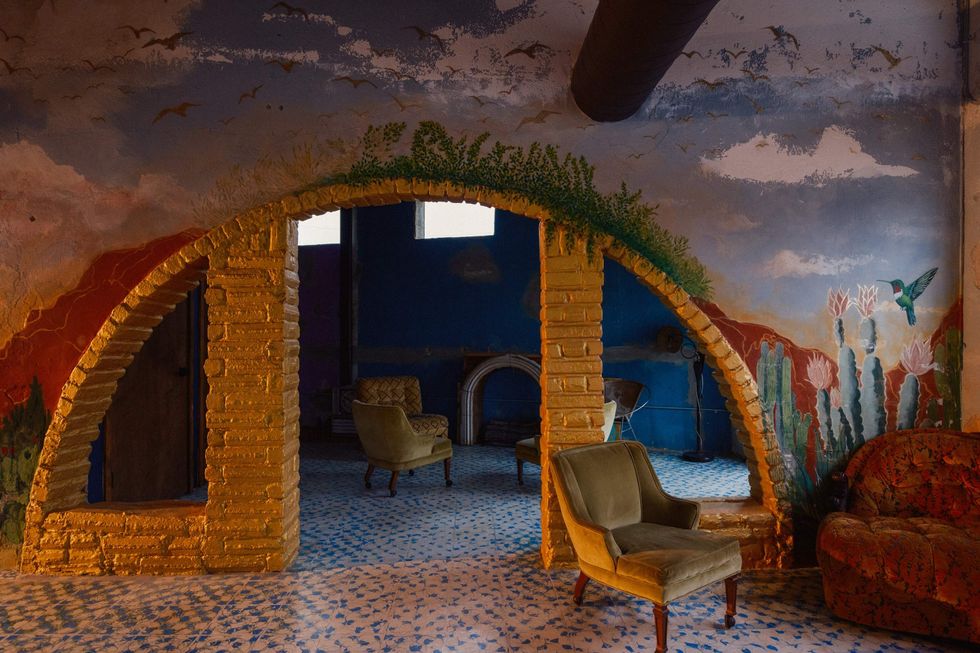Secrets of the TABC Reports
Secrets of the TABC Reports: Houston hates celebrity chefs, small bars rule and new restaurant surprises
Every month the State Comptroller's Office publishes the Mixed Beverage sales of bars and restaurants across Texas. Known within service industry circles as the "TABC report," insiders use the numbers to gauge how their competition is faring.
The data is publicly available, but few people have the time or patience to load the report into Excel and start running calculations. CultureMap provides a small glimpse into the way restaurant owners see themselves by crunching the numbers.
Before diving into the data, a couple of the usual caveats. First, liquor sales don't take into account costs such as rent, ingredients and labor. A bar or restaurant could have low liquor sales and still be doing well financially, or have high liquor sales and still be struggling.
Second, July is the slowest month of the year for bars and restaurants. Low numbers in one month shouldn't automatically be taken as a sign that a place is about to close, but low sales across several months are never a good sign. As always, support the places you like by eating there or risk losing them forever.
Revenue per square foot
One of the criticisms of the first edition of this new regular series was that it looked at gross revenue numbers without accounting for the square footage of the establishment. It's a fair point; after all, physical size limits the number of customers that can be inside a bar or restaurant at any given time, and, thus, how much revenue they can generate. How do three small-ish cocktail bars compare to Midtown's giants?
The size of a building can be determined by looking it up on the Harris County Appraisal District website (also fun for finding out how much the county thinks your neighbor's house is worth). The difficulty is that the website only lists the total square footage of the building: not the size of the individual units. For example, Bad News Bar's listing for 308 Main shows 6,200 square feet, but this article from the Houston Convention and Visitors' Bureau website describes it as being 1,700 square feet.
For a small space with almost no parking, people really love Poison Girl. No wonder it recently celebrated its 10th anniversary.
Anvil and Poison Girl present similar difficulties because their addresses are combined with other business. In the interest of efficiency, we've simply used numbers that are half the size of the HCAD listings.
How do the smaller bars fare? Pretty well, actually.
Let's start with the Midtown bars, which, by virtue of residing in stand-alone buildings, are a little easier to calculate. Little Woodrow's tops Midtown area bars with $501,000 in July sales. At only 3,465 square feet, plus a sprawling patio of undetermined size, that represents $145 per square foot, best among the places surveyed. The Dogwood (7,624 square feet/$464,000 in sales) and The Gaslamp (9,762 square feet, $452,000 in sales) come in at $61 per square foot and $46 per square foot.
Anvil resides in a 3,500 square foot building and reported approximately $181,000 in liquor sales in June. At 1,750 square feet, that represents a whopping $103 per square foot. Bad News Bar reported $78,000 in sales, good for $43 per square foot. Poison Girl sits in a 3,900 square foot building; at 1,950 square feet, it's almost $83,000 in sales are good for $42 per square foot.
Of course, these numbers would go up or down quite a bit if the bar is bigger or smaller. For example, if Poison Girl is 2,200 square feet, the number drops to $37 per square foot; if it's 1,500, the number jumps to $55. Regardless, for a small space with almost no parking, people really love Poison Girl. No wonder it recently celebrated its 10th anniversary.
Celebrity Chefs
"Does Houston hate celebrity chefs," local writer Phaedra Cook asked in a recent Houston Press column that cited the closures of Katsuya and Trenza as evidence that Houstonians are hostile to big name out of towners. While Trenza's troubles were well-documented prior to its closing, every month seems to bring another announcement of a chef or restaurant group that wants to come to Houston. If the numbers are any indication, they may want to think twice.
Chef Bradley Ogden is a two-time James Beard Award winner, but Bradley's Fine Diner only managed $33,000 in sales. In comparison, nearby Federal Grill serves a similar menu of comfort food and lacks Ogden's star power but still managed $48,000. Liberty Kitchen's location on Studewood, only two miles from BFD, rung up almost $98,000.
Chef Bradley Ogden is a two-time James Beard Award winner, but Bradley's Fine Dinner only managed $33,000 in sales.
Cook touts Mexican seafood restaurant La Fisheria as a success story in the Houston Press, but the numbers tell a different tale. Chef Aquiles Chavez is an international reality TV star with an extensive following in Mexico and Latin America, but the restaurant only reported $18,000 in alcohol sales.
Meanwhile, Caracol, James Beard Award finalist Hugo Ortega's restaurant dedicated to Mexican seafood, reported $242,000. Even giving partial credit to the difference between Caracol's large space in a prime location near the Galleria, it's clear that Houstonians are consistently choosing the homegrown option.
Celebrity chefs may have trouble using their famous names to attract customers, but out of towners who come to Houston to stay seem to fare better. For example, Etoile chef/owner Philippe Verpiand moved to Houston from San Diego. He and his wife Monica Bui committed to the city, and diners have rewarded them with almost $90,000 in sales during July.
Similarly, Brian Fasthoff left Atlanta to open Batanga with his brother Hank and their wives Ianne and Maya. While downtown diners may not have embraced food at Goro & Gun, they seem to like the tapas available around the corner. Batanga reported almost $95,000 in July liquor sales.
Memo to out of town chefs: You're welcome to come, but you better plan to stay.
Looking at some new (and new-ish) restaurants
Finally, let's take a look at a few restaurants that have opened in the past year or so.
July's report holds good news for Table on Post Oak, the restaurant born out of the former Philippe. In its final full month, December 2013, Philippe reported $103,000 in liquor sales. Table reported $116,000 in July. Taking into account how much busier restaurants are at the end of the year with holiday parties then they are in the middle of the summer, chef Manuel Pucha and his team are off to a strong start.
Over in Rice Village, the report shows a bit of a mixed bag for Clark/Cooper Concepts. Italian-inspired Coppa Osteria is booming with $142,000 in sales, but next door Punk's Simple Southern Food is languishing at just under $54,000. Maybe casual, family-friendly Punk's just isn't the kind of place where people want to have a drink. Or maybe the team needs to tweak the Southern-inspired cocktails and beer selection to be more appealing. What pairs best with biscuits, anyway?
Up in The Woodlands, Fielding's Wood Grill recently announced it would add a second, more upscale concept called Fielding's Local Kitchen & Bar. Restaurateur Cary Attar should feel bullish about his prospects. His upscale burger joint rang up $57,000 in sales in July. That's a lot of craft beer, boozy milkshakes and Bloody Marys at brunch.
In contrast, Grub Burger Bar occupies a prime location in CityCentre with similar beverage offerings but only tallied $20,000.
How will Grub's newly opened Woodlands location fare against the year-old Fielding's? Stay tuned in the coming months, but The Woodlands is expanding so rapidly there's plenty of market for everyone.
Got a restaurant or segment you want to know more about? Let me know in the comments, and I might examine it in the next Secrets of the TABC Reports.
